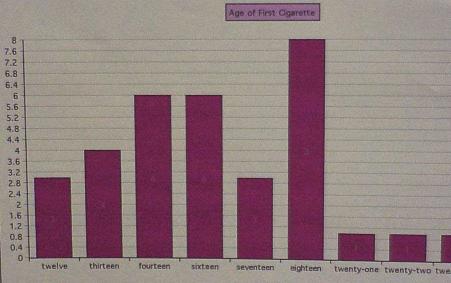Section IV: Market Structure
by Tonye Moore
![]()
![]()
The cigarette market is an oligopoly. It consists of a small number of markets that compete. Each firm has a large share of the market and the firms are interdependent. An oligopoly market produces identical product and compete only on price. The United States cigarette market is an oligopoly that is dominated by these top major brands.
The market structure for cigarettes is international. Competition among manufacturers has decreased substantially since 1980. This has caused the cigarette market to become more concentrated.
| Philip Morris | 49.4% |
| R.J. Reynolds Tobacco | 22.9% | BAT/Brown & Williamson | 20.0% | Lorillard | 8.2% | Liggett & Myers | 2.3% |
| Other | 7.2% |

The cigarette market is government regulated. The government regulates the cigarette market through the Food and Drug Administration (FDA) and the Federal Trade Commission system (FTC). These are some of the ways that the government regulates cigarettes.


Oligopolies result in large profits for the concentrated firms. This is shown through mega billion dollar firms like Phillip Morris International and R.J. Reynolds Tobacco. Recent regulations in the U.S. have resulted in a less profitable market. This in effect makes international market more rewarding for the U.S. Cigarette companies.
Return Home
© 2003 [email protected]